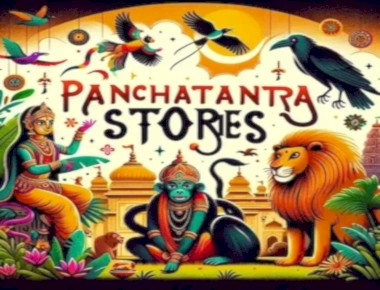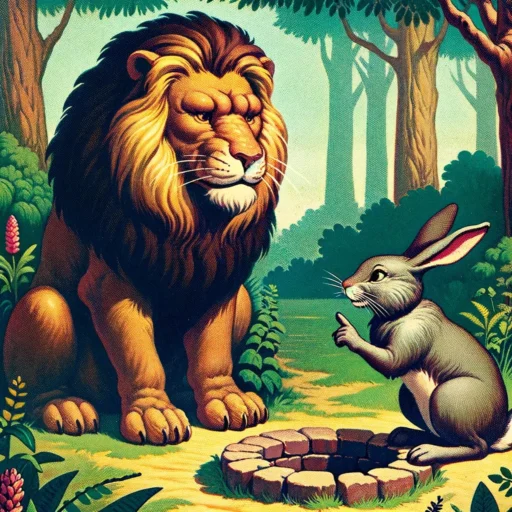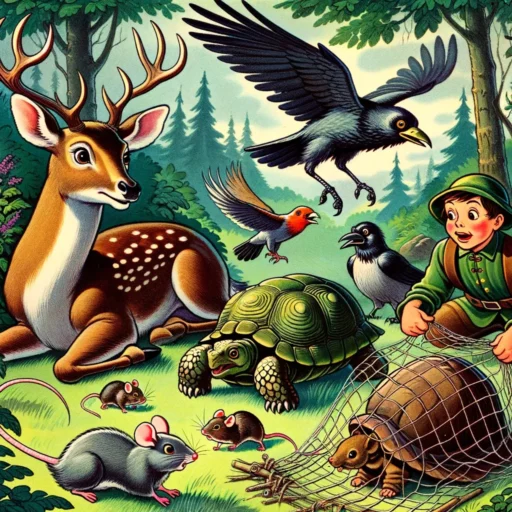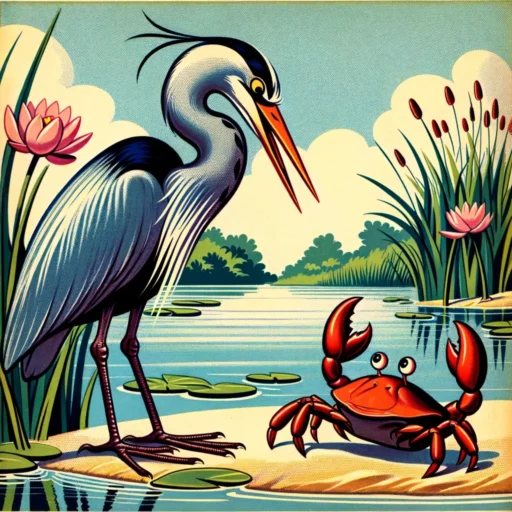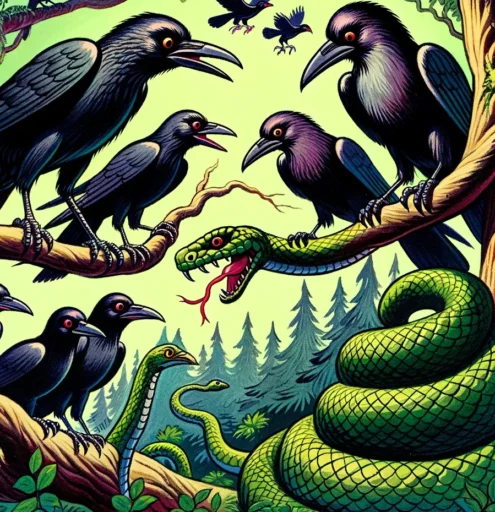Panchatantra stories
Welcome to our collection of special stories called the Panchatantra! These Panchatantra stories are very old and come from India. They are full of talking animals and teach important lessons about life, like being a good friend and thinking before you act.
Once upon a time, a king in India had three sons who needed to learn a lot about life. So, a wise man named Vishnu Sharma told them more than 50 short stories. Each story was about animals and had a special lesson. The stories were grouped into five parts, each teaching something different, like how to make friends, what happens when you lose friends, and why it’s important to think before doing something.
People all over the world love Panchatantra stories. They have been told in many languages, and now we have Panchatantra stories in English with beautiful pictures too! They are not just fun to read, but they also help you learn important things.
The Panchatantra stories are in five main parts. Each part has stories about making friends, understanding what happens when we do things without thinking, and learning from our mistakes. These Panchatantra stories have been told in lots of different languages, like Hindi, English, and many more.
These Panchatantra stories are perfect for kids because they are exciting and teach important lessons at the same time. Panchatantra stories in english are great for reading with your family or learning new words in English. These stories are excellent resources for parents, teachers, and children, enhancing storytelling sessions, role plays, moral education classes, and school competitions.
We have picked some of the best Panchatantra stories for you. They are all in English and have great pictures. These stories will take you on exciting adventures and teach you valuable lessons, just like they did for the king’s sons long ago. Enjoy reading these 10 Panchatantra takes enlgish and learn lots of cool things!
[lwptoc]
The Monkey and the Crocodile

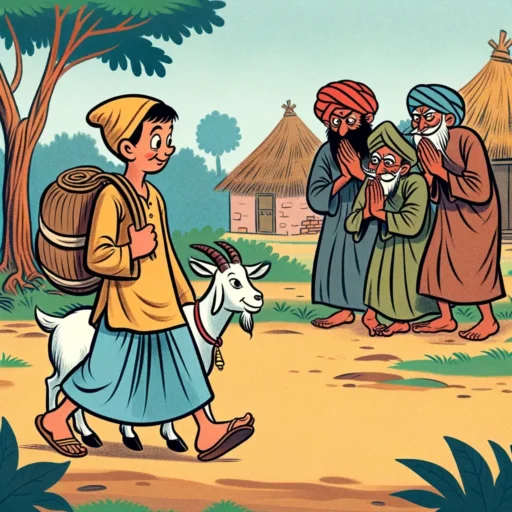

The Crow and the Cobra
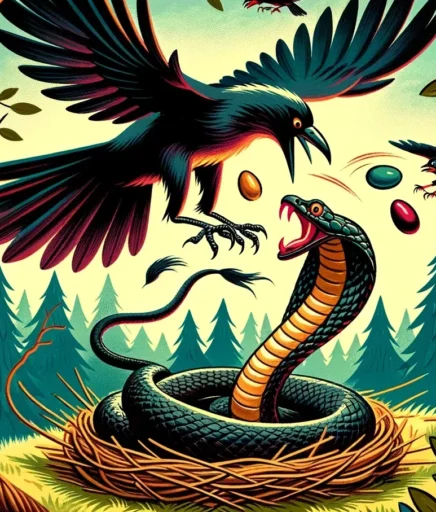

Exploring our Panchatantra tales English, filled with moral lessons, is a great way for young readers to enhance their language skills and learn about good values. We have a wide variety of these moral stories in English in our collection, and we’re always adding more. Don’t forget to revisit us for new Panchatantra stories with moral teachings. Also, we’d love to hear about your favorite short stories with morals! Share them with us at info@kidspep.com, and they might be featured in our upcoming updates!
